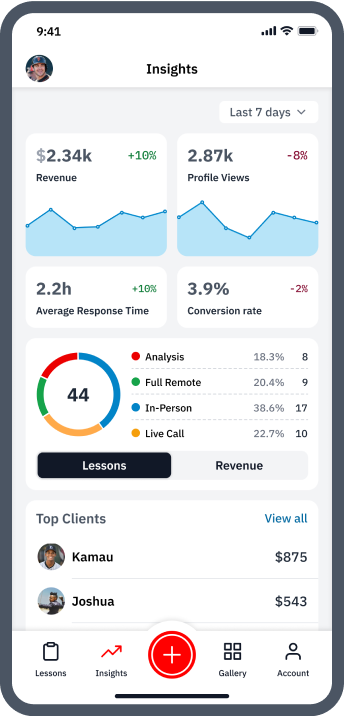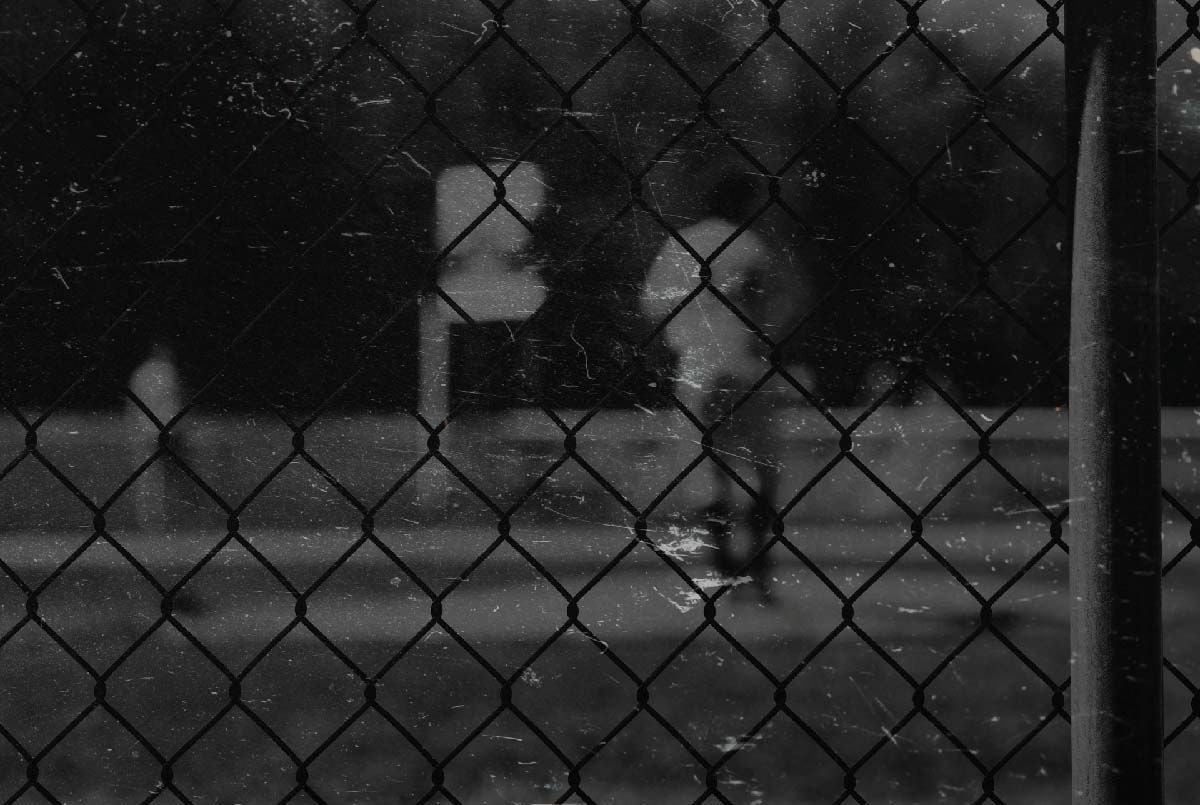How the Spacing Effect & Delayed Learning Apply to Remote Hitting and Pitching Lessons in Baseball and Softball

Have you ever given much thought to how you learn?
Well, psychologists and researchers have studied the process of acquiring and retaining knowledge for centuries, and two important concepts from these studies are the spacing effect and delayed learning.
The spacing effect is the notion that we retain information more effectively when we learn things in spaced-out sessions.
And delayed learning challenges the commonly held notion that immediate feedback is always best, by calling instructors to wait on giving a learner any assessment or critique for a day, week, or more.
While traditionally applied in classroom settings, these insights can have a powerful impact on remote hitting and pitching lessons in baseball and softball as well.
In this in-depth guide to the spacing effect and delayed feedback learning, we’ll go deeper into the following:
- What is the spacing effect?
- How to use the spacing effect to improve learning retention
- What is delayed feedback and why is it related to the spacing effect?
- Delayed feedback learning in baseball and softball
Unlock your ballplayer’s full potential
Find the perfect vetted coach to build a solid foundation or take your player's skills to new heights.
Download the free app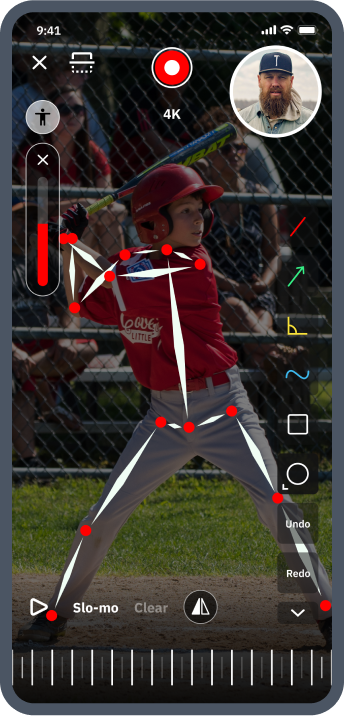
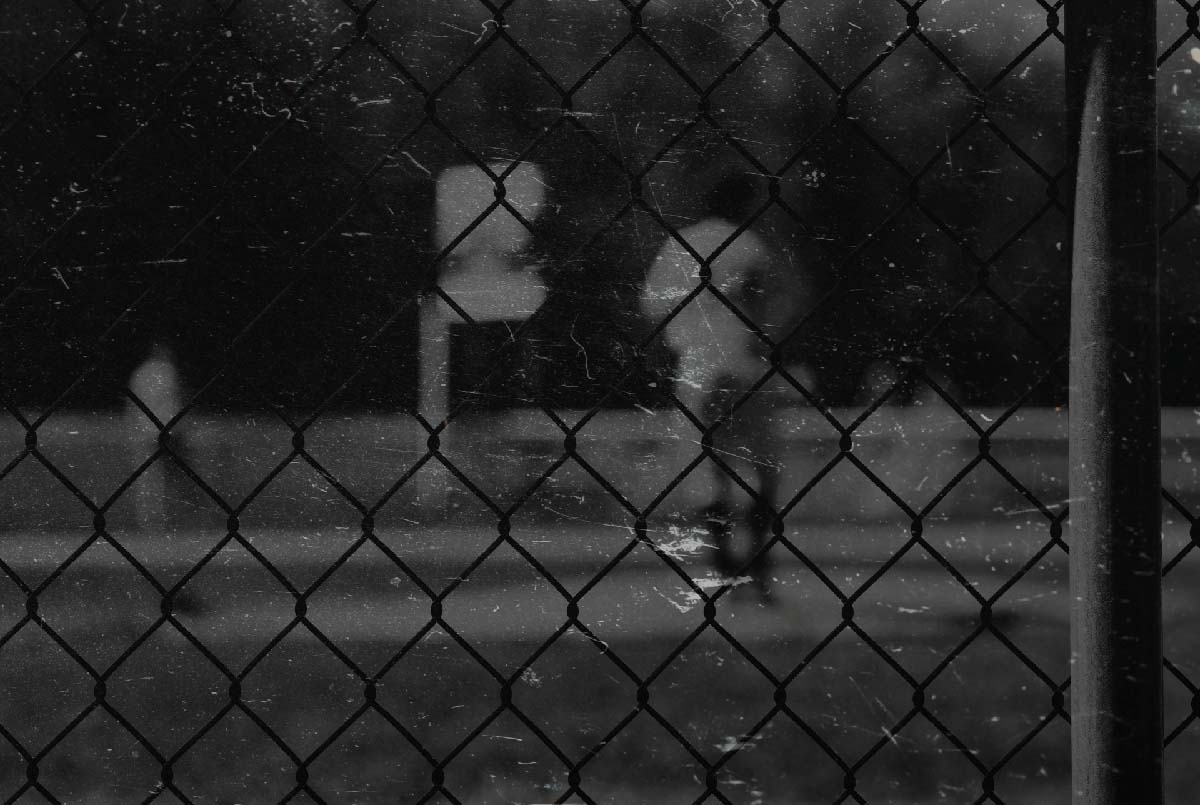
What is the Spacing Effect?
Again, the basic idea of the spacing effect is that we retain information more effectively when we learn things in spaced-out sessions.
Rather than trying to cram as much information as possible into our brains at once, we acquire the knowledge we need over multiple instances.
The spacing effect is based on insights from psychology about memory and forgetting, and how our brain processes and retains new information.

Why rote memorization doesn’t work
In school, most of us are taught how to memorize, not how to learn.
Our time is spent acquiring information, like historical dates, chemical formulas, or the rules of grammar.
To make sure we’ve soaked up all this knowledge, we’re tested on it.
The result is usually a cram-study session right before an exam, quickly trying to learn what we were already supposed to know or just making sure we know it already.
And after the test, we tend to forget nearly everything.
As an alternative to this traditional approach, the spacing effect advocates slow, spaced repetition instead.

How spaced repetition works
The spacing effect was developed by a German psychologist named Hermann Ebbinghaus in the nineteenth century.
He focused on forgetting and learning curves. Ebbinghaus even charted the rate at which we forget things, shown below.

New information drops out of our brains within 20 minutes of learning it. The rate of forgetting then levels off by the end of one day.
By revisiting the information at spaced out intervals, we can keep it from decaying in our brains. The more times we repeat the information, the more likely we are to remember it.
You can see the effects of spaced repetition on forgetting with this graph below from the same article already cited.

By cramming new information one time and never revisiting it, you’re bound to lose it.
Researchers call this type of cramming “massed learning.”
But you can even forget a language you’re fluent in if you stop using it completely.
Author Gabriel Wyner notes that the brain just isn’t built for memorizing. It’s built for thinking, repeating, and recalling.
We automatically retain what’s important then forget the rest.
But Ebbinghaus identified other factors that keep us from forgetting.
An important one is emotion.
If you have or witness an emotionally striking experience, the memory is much more likely to stay with you.
He also noted that if you learn something once, forget it, then try to learn it again, you’ll pick it up quicker the second time.
For Ebbinghaus, that’s because some bits of information stay stored in our subconscious.
A great example of this phenomenon is hearing a popular song you’d learned the lyrics to as a kid, then never listened to again for 10 years.
We’d bet you can still recall most of the lyrics upon re-hearing the song all these years later.

See why SeamsUp is the #1 app for baseball & softball coaching businesses
Why spaced learning works
Memories are complicated, as is studying how we remember or forget. Insights on the spacing effect are crucial for learning, though.
Here are five ways the spacing effect can improve learning:
1. Forgetting and learning are linked.
When you review something that’s almost forgotten, your brain adds new details to reinforce the retained information.
2. The more you struggle to learn something the first time, the easier it will be to recall later.
Why? Because recall is more important than recognition – the more you’ve strained to learn something, the more value your brain will give it.
3. It’s easier to remember repeated information.
Your brain gives greater value to information you use on a regular basis.
Examples include your coworkers’ names, directions to the office, or your debit card’s PIN. After you’ve input your PIN thousands of times, you no longer struggle to remember it.

4. Semantic priming might aid memory.
Semantic priming involves forming associations between words to help us remember them.
Most can remember the sentence “The nurse and the doctor walked through the hospital” more easily than “The nurse and the shortstop walked through the grocery store.”
The words “nurse” “doctor” and “hospital” are all related, whereas “nurse” “shortstop” and “grocery store” are not.
Similarly, physical priming happens when private lesson coaches use baseball or softball verbal cues to elicit the actions or adjustment they want to see in their weekly clients.
After a few months of working with same instructor in spaced out training sessions, their mechanical cues can become inexorably linked with the needed adjustment for that ballplayer.
5. It’s possible that spaced repetition isn’t all that effective, but that it’s such a better option because massed learning is just extremely ineffective.
Massed learning like we did in school doesn’t work because the more information you try to study at once, the less interest you have in the subject and the more overwhelmed you feel.
If you space out your learning at different intervals, you’re less likely to get bored and you’ll be able to chunk insights into bite-sized pieces – making you more likely to retain the information.
And, in case you’re into exploring such science and how it might apply to baseball and softball like we are, there’s a similar and equally powerful concept to this spacing effect called the Zeigarnik effect.
The Zeigarnik effect states that unfinished tasks are harder to forget than finished ones – but there’s a lot more to it.
And, as we’ve written about in detail at the link above, this effect also has some intriguing implications for ballplayers, parents, and professional lesson coaches.

How to Use the Spacing Effect to Improve Private Baseball and Softball Lesson Retention
Although researchers are still trying to make full sense of the spacing effect, there are proven implications of the concept that affect knowledge and skill retention.
These ideas can be applied to baseball and softball players as well, especially younger players who are trying to learn the basic mechanics of their sport.
Below are four applications of the insights psychologists have uncovered from the spacing effect.
Wanna grow your baseball or softball coaching brand?
Get connected to new local and online lesson clients—along with all the tools you need to scale.
Download the free app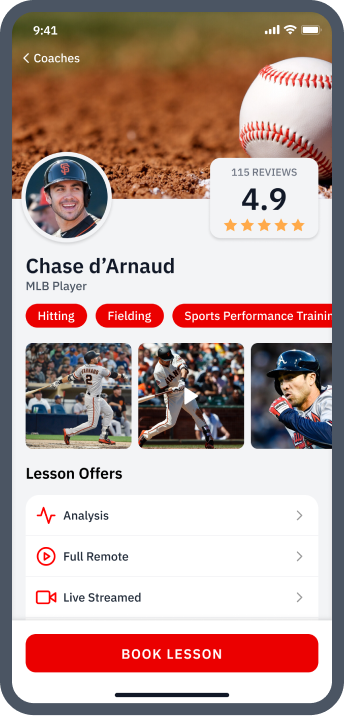

1. Creating a schedule to review information
A spaced repetition system uses a structured schedule to review learned information.
Here’s an example of such a schedule progressing over time:
- Go over the newly introduced skill or concept an hour after the lesson is completed
- Go over it again a day later
- Reinforce it every other day
- Think about or practice it once a week
- Then every two weeks
- Give a refresher once a month
- Reiterate it every six months
- Lastly, touch on the skill or concept once a year
This hypothetical schedule and others like it are how new hitting, pitching, catching, and fielding techniques, drills, concepts, or approaches may become best integrated and internalized by your ballplayers.
If they get the information wrong at one step, then they have to go back to the previous one.
If they get it right, they can advance.
Both private instructors and the parents of athletes should note such a schedule to help players optimize learning during lessons.
They’ll retain the info if they learn it in consistently reviewed chunks and will more likely be capable of applying it during a live game.
Hopefully, this illustrative schedule makes clear how much of a team effort learning and upgrading skills and concepts is. The ballplayer and private lesson instructor must work together.
Here’s what it might actually look like in practice for either in-person or online instruction:
- An hour after a lesson would inevitably involve the ballplayer rehearsing what was introduced on their own.
- If it's a concept or approach, this might look like writing it down in a journal or their phone’s Notes app. If it’s a movement pattern or drill, it might mean recording themselves doing it when it’s fresh in their mind for future reference.
- Then, the ballplayer should review it the following day, before revisiting it every other day on their own – ensuring that the concept or movement gets reinforced in preparation for next week’s lesson with their private instructor.
- At the private lesson a week after introducing a new concept or movement, the instructor should repeat the idea and have the ballplayer apply it once again with more game-like situational stakes, so the coach can make any necessary tweaks or add any additional guidance.
- Each subsequent week, until it’s perfectly internalized, the private instructor should reinforce the learning. This might look like repeating the concept briefly, coming up with a unique cue to trigger the movement adjustment, or just having the ballplayer do a few reps of the drill – as applicable.
- Once it’s internalized, the coach can do a dedicated refresh of the concept or movement in his or her lessons every other week.
- Then, refresh once every month.
- Then, every six months.
- Then, once a year.
This is how to achieve incremental greatness. It’s how you eventually arrive in our games.
By grinding away – intelligently and on a set schedule – like a train that coaches and teammates can rely on to deliver the goods.
The onus is heavy on the ballplayer, especially in the beginning, to make the concept or movement their own with this example schedule.
But then, the systematic guidance of the professional private instructor ensures it sticks forever.

2. Storing and organizing information
An effective spaced repetition system has a means of organizing information.
In a classroom setting, these could be simple flashcards.
Similarly, baseball or softball players can keep private lesson journals – either on paper or digitized.
But the best way for ballplayers to keep track of new info is by compiling an instructor’s professional feedback, drills, and example videos in one easily accessible place – along with footage of their own swings, pitching mechanics, fielding, or catching to reference and note progress.
If you’re a private hitting instructor trying to teach a softball player how to slap hit, for example, your athlete would benefit from having lesson packages tailored to her and her technical needs to review anytime outside of lessons.

3. Tracking progress
You won’t know if spaced repetition learning is working if you don’t have a way to measure it, so measurement is a given.
But combining raw measurement with positive reinforcement cycles is the best way to go whether learning in-person or online.
In-Person Lessons
Here’s an example for tracking in-person clients:
If you give in-person pitching lessons to several athletes, you could hang up a leader board where you track how fast your pitchers throw, and how their velocity changes over time.
Every time a pitcher hits a new mph PR, put a sticker, magnet, or drawn star next to their name with the new speed milestone.
Not only does it demonstrate to pitchers how much they’ve progressed over time, it also encourages some friendly competition amongst your students.
Another variation of this same tactic is to post your client’s personal best metrics online – again, giving them a place to track their progress and compete against your other students.

Online Lessons
Of course, you can also track these increases in overhand throwing speed or hitting exit speed via remote lessons as well.
Online lesson professionals will ask clients to regularly submit video footage of themselves with a radar gun, or just footage originally filmed within one of the apps like Blast Motion or Pocket Radar that have an overlay to tell the online coach these different velocity metrics.
Noting progress for objective metrics like pitching velocity or hitting exit speed are straightforward to do and understand.
But larger and smaller breakthroughs in mechanics or approach were traditionally harder to track.
With a remote coaching platform, however, recorded sessions and feedback can be saved, dated, and tagged forever on both the client’s – the ballplayer and their parents – and the coach’s personal digital libraries.
This fact makes tracking and referencing progress of all kinds easier than ever before. As we explored in great detail, such referencing might even solve the controversial feel vs. real debate in baseball and softball once and for all.
So don't miss out on the remote baseball and softball coaching revolution.
4. Setting a duration for each review session
The duration of each review, AKA refresh, session a student receives is critical to any spaced repetition system.
We’re referring to the short time period within a larger private lesson when an instructor is reviewing a newly introduced concept or movement.
If you make the review period too long, attention wanes and they’ll retain less info. Make it too short and there’s not enough immersion.
After having taught a baseball or softball player a new drill a week ago, for example, you shouldn’t ask them to practice it for more than 10-15 minutes with you.
While this might benefit their muscle memory, after about 10-15 minutes their mental focus and physical outputs will dip, and they won’t get the same benefits from the drill. Or worse, they’ll start doing it incorrectly to compensate for fatigue.
Being mindful of and ready to adapt in response to how much time and energy is being expended during the various aspects of a private lesson session is a sign of a great instructor.

What Is Delayed Feedback and How Is It Related to the Spacing Effect?
Delaying feedback in an educational setting means refraining from giving a student feedback on an assignment or task as soon as it’s completed.
Instead, you wait either a day, a week, or more to share your evaluation of the student’s work and provide criticism.
Delayed feedback is related to the spacing effect because both have to do with how we learn.
Proponents of delayed feedback also support a spaced repetition model, since both advocate for delays of some kind to promote learning and retention.
The traditional and still prevailing notion in education – and, by extension, all areas of life that rely on feedback to teach (i.e. baseball and softball lessons) – is that immediate feedback is best.
Many believe, based just on intuition alone, that we retain information more effectively if we’re given our results right away.
But top researchers are challenging this idea flat-out.
And instead saying that delaying feedback can reinforce the learned information even more effectively.

Evidence for Delayed Feedback
In their study of college-level engineering students, researchers Hillary G. Mullet et al. showed that delayed feedback had positive implications.
They gave students in the same course a series of homework assignments and provided some students with immediate feedback and others delayed feedback of one week.
They found that the students who had received delayed feedback performed better on subsequent exams that contained the same concepts but new problems.
Interestingly, the students who received immediate feedback self-reported that they benefited the most from this style of feedback.
But the actual performance numbers on their tests showed the exact opposite was true.
The idea that an immediate evaluation of our performance pervades in sports and athletic training as well.
Based on what the researchers in the above study showed, however, waiting until a later date to hear how we did and get personalized feedback might be more beneficial in the long run.
Of course, long-term retention is the kind that can be carried into live-game situations and over the course of a ballplayer’s career. It’s what we’re all after as coaches.

Delayed Feedback Applied to Remote Hitting and Pitching Lessons in Baseball and Softball
How does delayed feedback learning work in baseball and softball?
The high number of coaches and instructors administering virtual lessons provides a significant opportunity to implement delayed feedback analysis.
Some remote hitting and pitching coaches hold live video call sessions with their athletes, which supports the immediate feedback model in the same way in-person private lessons do.
Like most academic educators, they feel that watching their athlete in real-time and providing instant evaluation is the most impactful.
Other types of online lessons, however, reinforce the spaced repetition and delayed feedback ideas.
Two such types that SeamsUp and other virtual lesson platforms support are:
1. Analysis Lessons
Players send footage of themselves hitting, fielding, pitching, catching, or lifting to their instructor. It doesn’t matter if the footage was recorded specifically for the instructor or if it’s from a live practice or game.
Once the coach has access to the footage, they can pause, rewind, and slow down the footage, as well as draw over the recording.
The coach can also self-film themselves giving in-depth technique analysis, demonstrations, and advice personalized to the needs of each player that they work with.
The athlete’s feedback is delayed because they wait – often 1-3 days – for the coach to evaluate their video and provide professional comments.
2. Full Remote Lessons
These are similar to Analysis Lessons, but after doing their full analysis of the sent footage exactly as described above, coaches also can choose to share recommended drills and pro player examples that further respond to the specific needs of the individual ballplayer they’re working with.
Coaches can even give homework prescriptions for exactly what their client should do between lessons to improve.
This delayed learning approach can help athletes stay motivated to improve.
With SeamsUp, ballplayers and their parents also have permanent access to all of the teachings and analyses sent by coaches, so they can revisit it on their own learning schedule whenever they want.
And, if you're curious, there is even more science behind the power of video analysis to help baseball and softball athletes learn and accelerate in their progress.
The very way both Analysis and Full Remote Lessons are designed and packaged also take full advantage of powerful learning phenomena, such a microlearning best practices and mobile learning innovations.

Final Thoughts
Spaced repetition learning and delayed feedback analysis can have huge implications for remote hitting, pitching, fielding, catching, and sports performance training lessons.
These ideas challenge the ways we learn – advocating an approach that steers away from instant, rote memorization to embrace spaced, long-term retention.
With the right tools and techniques, you can and should apply these concepts to your baseball or softball lessons as well.

About the Author
Mike Rogers
Co-Founder & CEO
Mike Rogers has spent a lifetime entrenched in baseball and softball as a player, a private instructor, a training facility owner, and the son of two college-level coaches.
